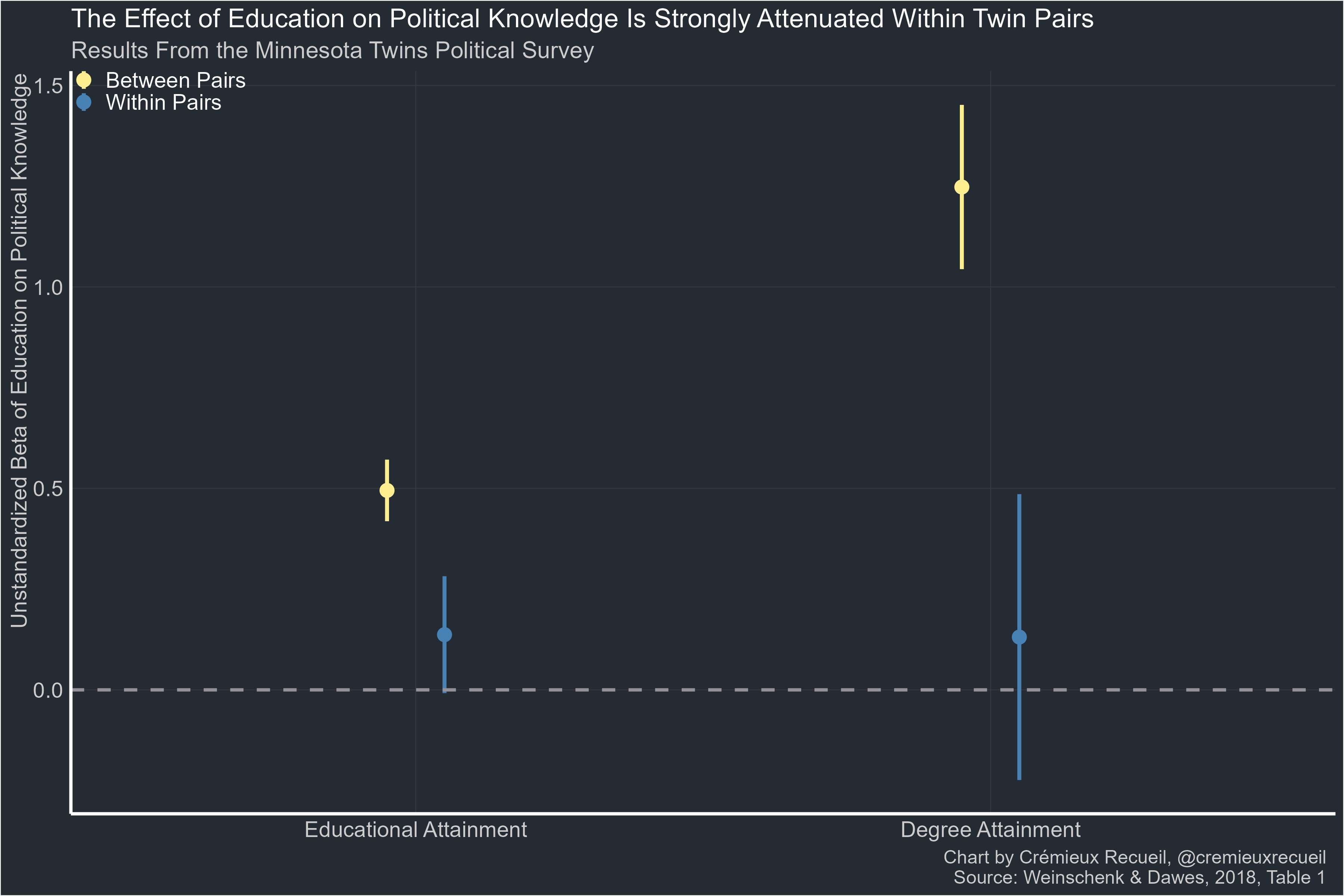The research purpose seems fine. Here's my review.
I suggest you introduce the concept of naturalistic role (or view) of musicianship to the readers, as this is not known to many. Moreover, define why this may be important.
While much of the existing literature has focused on structured, therapist-led interventions, fewer studies have examined the naturalistic role of musicianship as it relates to mental health in real-world, academically demanding contexts. (5). A longitudinal study by Janurik and Józsa investigated the predictive role of musical abilities on future success over a seven-year period. Their findings suggest that early rhythmic training and musical exposure facilitate the development of core skills that positively influence long-term academic achievement (6).
One problem I have with this paragraph is the abrupt jump in ideas, between sentence 1 and 2, that is, from mental health to academic achievement. The flow could be improved. Another problem is the mention of :
Janurik, M., & Józsa, K. (2022). The role of music perception skills in predicting later success in school. International Journal of Music Education, 40(2), 185–201. https://doi.org/10.1177/0255761421102
I could not find this study, and the doi link is invalid. It might not be a real study?
In your reference list
T Zaatar, M., Alhakim, K., Enayeh, M., & Tamer, R. (2023).
I believe it should be Zaatar, M. T., Alhakim, K., Enayeh, M., & Tamer, R. (2023)?
Regarding the analysis, a suggestion (although not mandatory) is the use of a regression analysis, using self-report GPA and group variable (dichotomy variable: musician vs non-musician). You can use each mental health variable as dependent variable, but another possibility is the use of factor score. In this case you factor analyze the 6 mental-health related variables and check for unidimensionality assumption and how much variance is explained by the first factor. If the assumption holds, then you can use factor score. If you decide to use regression for further analysis, do not forget to check for normality of residuals and homoscedasticity and outliers (since your sample is small, outliers can be impactful).
Another simple analysis I could suggest is to report simply the correlation matrix of these 7 variables used in your analysis. I notice in your results that 2 variables display highly significant p values while others don't. Indeed you explained why musicians may have higher levels of nervousness and why musicians would use music to cope with difficulty. But I still wonder how much these variables correlate with each other?
I see you have collected data on daily practice of music, so why not conducting an analysis using "Do you practice music daily?" and see if it has an impact on mental health status? You can use correlation or regression for this purpose. This would be interesting regarding your statement in the discussion that "Listening to music, mental rehearsal, and increased practice are known to improve specific music performance anxiety (13)." So perhaps you can check if such a pattern is observed in your data as well?
You could mention in the discussion that future research might want to examine possible moderator effects of music type. In your case, you have such a variable, but given the small sample size this analysis may not be reliable.
Since you are comparing musician/non-musician groups on multiple outcomes, I suggest you use a Bonferroni correction of p values for multiple comparisons. Even though it wouldn't matter this much in your situation given that most effects are already non significant, but for good practice, I still recommend reporting this p-value correction. Given the small sample size, you probably want to focus on the effect size and the confidence intervals. There are too many problems related with the p-value, that one might as well ignore it completely (I explained the irrelevance of the p-value in this post). So many researchers are so misled about p values that they might still require you report p values, while from my perspective I would not require p value reporting and usually I would disregard p values whenever reported. As I said, effect size is the important number. Now speaking of effect size, you noted in the method section that Cohen's d was calculated, but I don't see it in the result section or in the tables. Likely an oversight. Can you report these values? These are the most important piece of information here. Add effect size and confidence intervals.
In the method section you wrote
Ethical approval for the study was obtained from Fairmont Schools, and all procedures adhered strictly to institutional ethical guidelines to ensure the integrity and welfare of participants.
Given that the nature of the data, I recommend adding a mention (e.g., acknowledgement section) toward the end of the paper regarding funding (if any) or if there is conflict of interest, etc. Also, I wonder if the data can be made public? If so, can you upload this at OSF (make sure to the file is made public)? If the data is not shareable (which I suspect given your description), in this case mention it at the end of the paper regarding where the data is available upon application.
In the result section you wrote:
Demographic – gender, self reported GPA, self reported school attendance, hours of academic study devoted per day (self reported). Table 1.
It looks like it was supposed to be a description or title for Table 1? Remove this portion and properly describe the statistics displayed in Table 1. A short description will suffice.
EDIT: Oh, I forgot to mention, your Figure 1 is a list of questions used for the present study, and it looks like a table, not a figure. So I suggest mentioning it properly, as Table 1 instead fo Figure 1.
 which shows your means with 95% confidence intervals, where the colored groups are Non-musicians and Musicians. You should use descriptive labels, like "Nervousness" instead of A.
which shows your means with 95% confidence intervals, where the colored groups are Non-musicians and Musicians. You should use descriptive labels, like "Nervousness" instead of A. 
